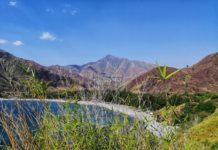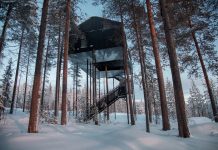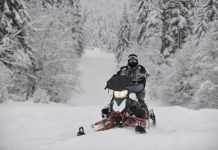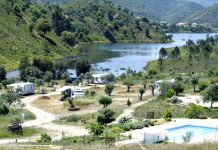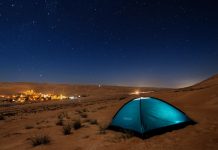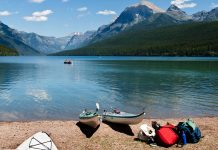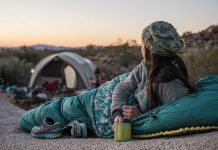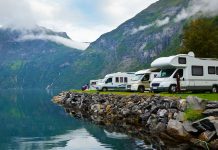If you’d like to witness the true wilderness of Alaska, you may want to take a trip to Katmai National Park as it represents the state in all its glory. The park, which was established back in 1980, is just over four million acres in size and is filled with some of the world’s most fantastic scenery and wildlife.
You’ll find the park is filled with 15 volcanoes and other spectacular scenery and is home to about 2,000 brown bears, which are protected by the government and this park represents the largest population of the creatures in the nation. The landscape is ideal for canoeing, kayaking, hiking, and fishing. The waters are crystal clear and about waist deep. The most fascinating sight is to witness the Alaskan brown bears dive underwater to fish for their supper. You may also see them catch their dinner while the fish are in midair.
 (photo by whaledancer99)
(photo by whaledancer99)
 There was a huge volcanic eruption in the park borders back in 1912 which was approximately 10 times the force of Mount St. Helens when it blew its top in 1980. This eruption put Katmai on the map and on the tips of tongues of people worldwide. The local air was suddenly filled with dark ash as it cooled global temperatures and produced acid rain all the way down to Canada.
The park is located about 300 miles from Anchorage and planes fly out of the city to King Salmon, which is where the headquarters of Katmai National Park is situated. You then have to take a small seaplane for the last 35 miles of the trip which takes you to Brooks Camp, which is where the park’s summer visitor center is located.
If you travel to the park between June and September, you’ll find there are cabins and lodges to rent as well as the Brooks Camp Campground. Many visitors spend their time exploring the amazing countryside and watching the brown bears do their thing. The best time to watch the bears in action is in July as it’s spawning season for the local sockeye salmon. You won’t find as many active bears in June and August though.
However, the hiking, camping, and fishing is excellent during any and all of the summer months. The park receives its fair share of rain, so make sure you’re prepared for it and be aware that many of the higher elevated areas are capped with snow well into the month of July. The temperatures during the summer usually fall between the mid 50s and mid-60s, with an average low being about 45 degrees Fahrenheit.
If you don’t have the time to camp out and spend a few days at the park the best area to visit is Brooks Camp. This is the busiest spot of the park and you’ll be able to locate planes, boats, bears, people, and lodges, the campground, hiking trails, and fish, though not necessarily in that order. In addition, you can hitch a ride on a small plane or rent a boat to take you to numerous areas of the park where there are a wide variety of lodges, rivers, and streams to choose from.

